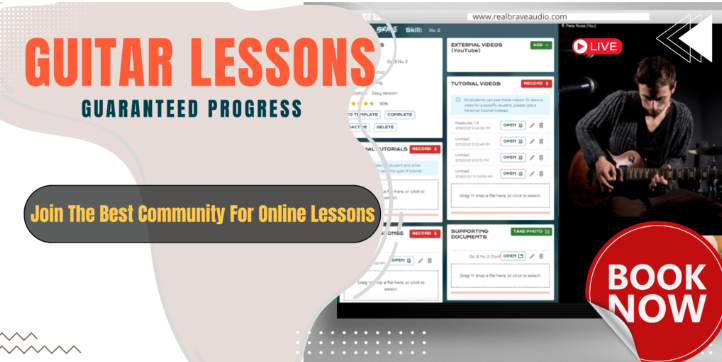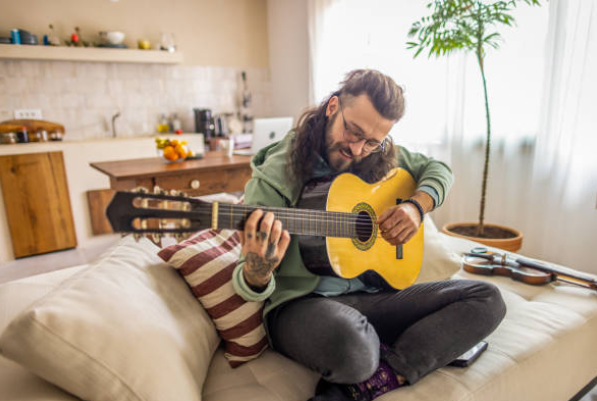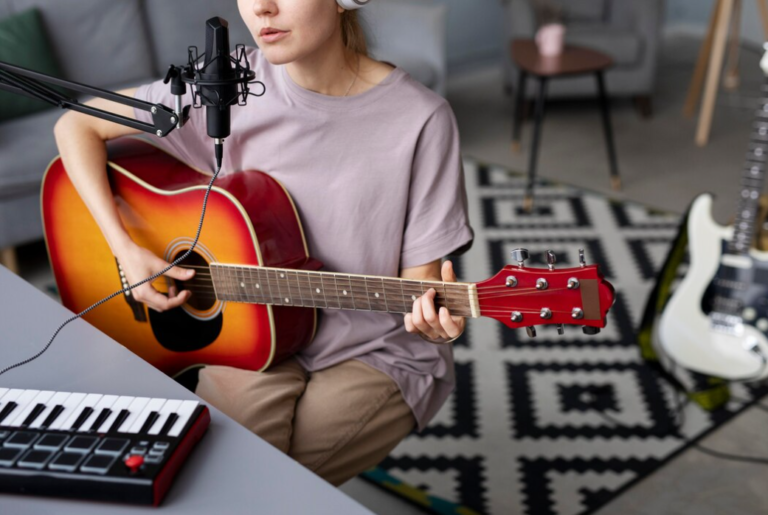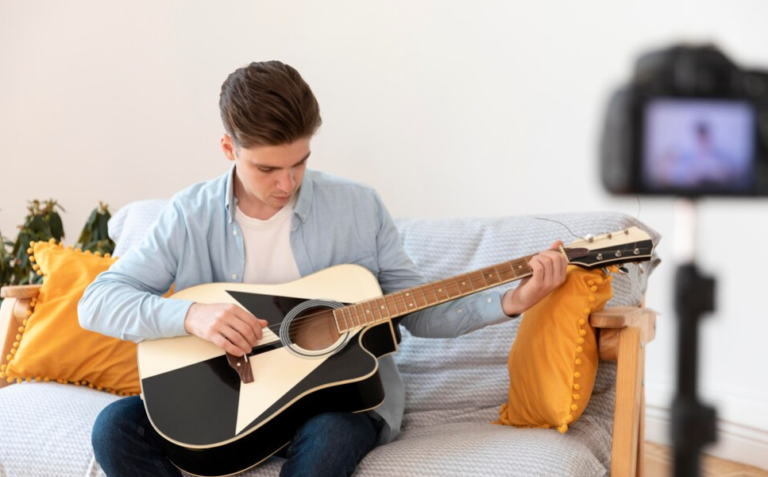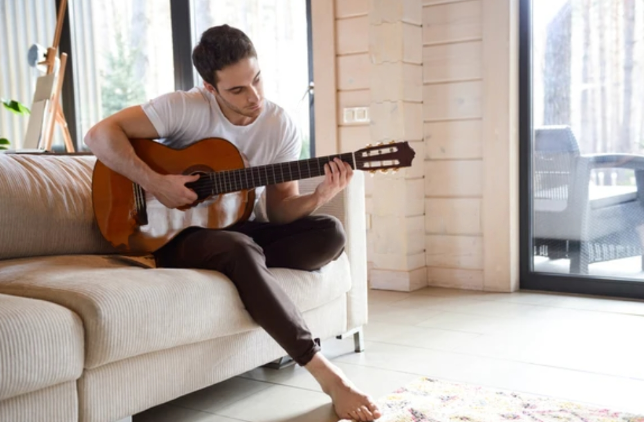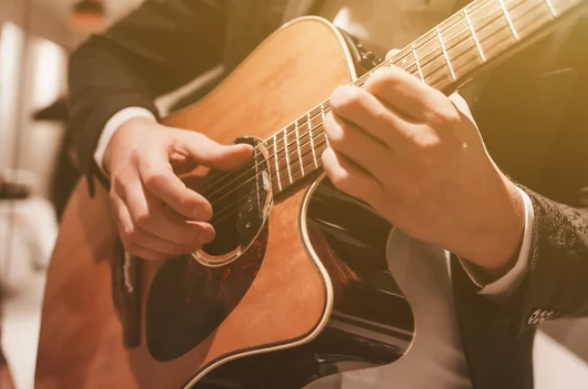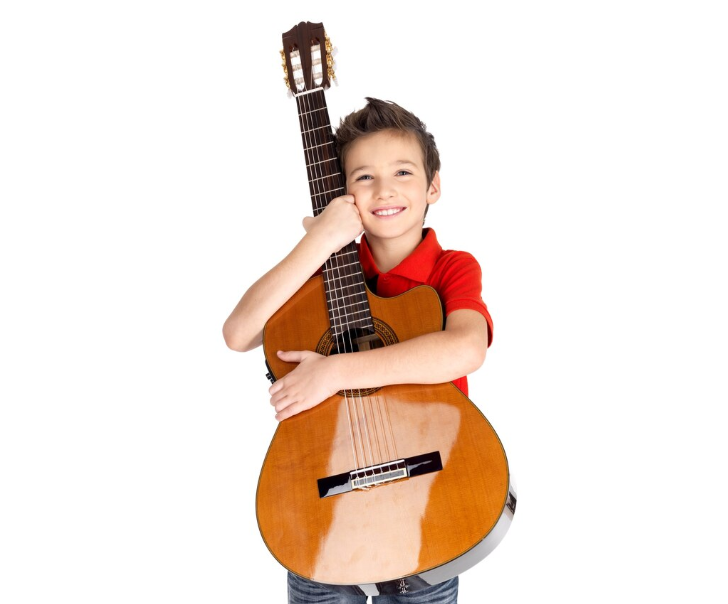How Modes Change the Mood of a Song – Easy Guide
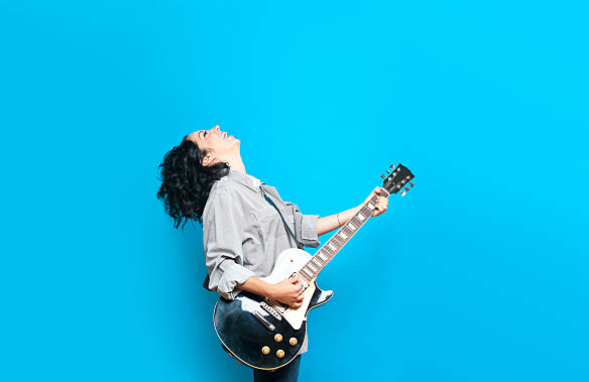
Ever wonder why some songs make you feel like conquering the world while others make you want to stare out the window dramatically? That’s the magic of modes! Modes are like different flavors of a scale that completely change the mood of a song. Understanding modes is key in whether you want your music to sound bright and happy or dark and mysterious.
What Are Modes?
Modes are variations of the major scale, each starting on a different note but using the same sequence of intervals. There are seven modes and, each one has its own distinct emotional feel. Let’s break them down with examples so you can hear the difference.
1. Ionian – The Happy One
Mood: Bright, uplifting, and confident
Example Song: “Imagine” – John Lennon
The Ionian mode is just another name for the major scale. It’s the go-to mode for a happy, feel-good sound. If you want your song to sound joyful and full of life, Ionian is your best friend.
2. Dorian – The Cool and Jazzy One
Mood: Mysterious but hopeful, bluesy, or funky
Example Song: “Oye Como Va” – Santana
Dorian mode is similar to a minor scale but has a brighter edge thanks to its raised 6th note. This mode is super popular in jazz, blues, and funk because it balances minor sadness with a touch of optimism.
3. Phrygian – The Dark and Exotic One
Mood: Mysterious, intense, or even aggressive
Example Song: “Wherever I May Roam” – Metallica
Phrygian mode has a unique sound thanks to its lowered 2nd note. It’s commonly used in flamenco, metal, and some eerie film scores. If you want your music to sound dark and edgy, Phrygian is the way to go.
4. Lydian – The Dreamy One
Mood: Airy, dreamy, uplifting with a magical feel
Example Song: “Dreams” – Fleetwood Mac
Lydian mode has a raised 4th note that gives it a floating, otherworldly quality. It’s often used in film scores and progressive rock to create a sense of wonder and adventure.
5. Mixolydian – The Bluesy Rock One
Mood: Confident, bluesy, and slightly rebellious
Example Song: “Sweet Child O’ Mine” – Guns N’ Roses
Mixolydian mode sounds like a major scale but with a flattened 7th, which gives it a bluesy, rock-and-roll edge. It’s a favorite in classic rock, blues, and country music.
6. Aeolian – The Sad One
Mood: Melancholic, introspective, and emotional
Example Song: “Nothing Else Matters” – Metallica
The Aeolian mode is also known as the natural minor scale. It’s the sound of sadness and emotional depth. Whether you’re writing a heartfelt ballad or an epic metal piece, Aeolian gets the job done.
7. Locrian – The Creepy One
Mood: Dissonant, unsettling, and unresolved
Example Song: Rarely used, but jazz and metal sometimes experiment with it
Locrian is the black sheep of the modes. It’s unstable, eerie, and often avoided in mainstream music because it lacks a strong tonal center. But if you want to create a sense of unease, Locrian is your go-to.
How to Use Modes in Your Own Playing
Now that you know how each mode affects the mood of a song, here’s how you can experiment with them:
- Play a simple melody in different modes to hear how it changes the feel.
- Try writing a song using a mode other than major or minor to break out of the usual patterns.
- Jam over a backing track in a specific mode to get comfortable with its sound.
Wrap Up
Modes are powerful tools that shape the emotional impact of music. Whether you want to write a triumphant anthem, a moody ballad, or a mysterious soundtrack, choosing the right mode is like picking the right color for a painting. Try them out, experiment, and have fun exploring new musical moods.
Interested in taking your guitar skills to the next level? Click the below and book a free lesson with us! We’re committed to helping you express yourself freely on the guitar without endless scales and theory. Happy playing!
Author: Daniel Powers Jr, the founder of Real Brave™, serves as the chief inspiration to thousands of students in the Real Brave music instruction program. He’s also the visionary behind PracticePad™, an online platform for live one-on-one online music lessons, lesson tracking, and scheduling. Beyond his entrepreneurial pursuits, Daniel leads a non-profit organization that provides formerly homeless children with access to music education, making a profound impact on their lives. His unwavering dedication to music, innovation, and education continues to inspire individuals to reach their fullest potential while creating positive change in communities. Follow Real Brave on all the socials:
youtube.com/@realbraveinc
twitter.com/realbraveinc
https://www.tiktok.com/@realbraveinc
instagram.com/realbraveaudio
facebook.com/realbraveinc
